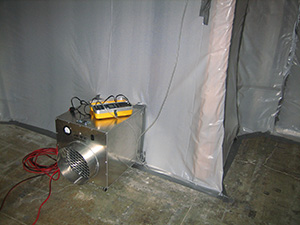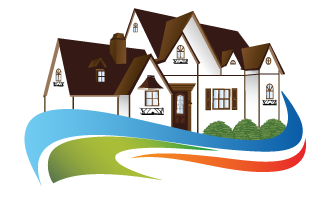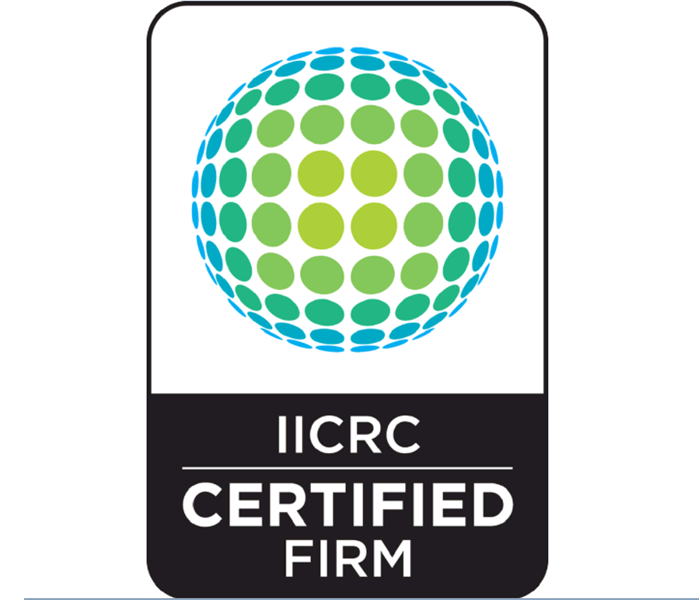-

Mold Damage or Removal Needed? You’re in the right place, call us now!
- > Assured arrival at set appointment time, 24/7 Emergency Service.
- > Speak directly to our Staff NOT an answering service.
- > We work with all insurance companies and will assist you in filing your claim.
- > We will walk you step-by-step through the entire process of getting your home back to pre-damage condition.
- > FREE, same day, estimates
Call now (702) 646-MOLD (6653) -or- EMAIL US
Some Facts You Should Know About Mold
What are molds?
According to IICRC information for Consumers
Mold becomes a problem inside a home or business when there’s excessive humidity or moisture for an extended period of time. The problem can originate from sudden water releases, like a burst pipe or large spill that goes untreated, or from a chronic condition, such as a leaking roof or plumbing. Even high humidity or warm, moist air condensing on cool surfaces can trigger mold problems. It’s always best to have the mold evaluated and removed by a certified professional.
-

Mold can grow almost anywhere in a home or business if conditions permit. If there is visible growth on painted wall surfaces, property owners should be concerned about what may be growing on the wall’s opposite side. The environment inside the walls of a house often differs drastically from the outside and could create a perfect haven for mold. If the wall remains wet for a prolonged period, it’s almost guaranteed that the mold growth on the back side will be worse than on the front. At that point, containing the work space and removing moldy materials, followed by cleaning of salvageable framing, are the best options.
Certified professionals have the training and experience to:
- Identify moisture sources
- Evaluate mold growth (visible or suspected)
- Contain damage to the smallest area possible
- Physically remove contamination
- Dry materials to ensure that mold will not return
- Perform or recommend procedures for returning property to a pre-loss condition
The IICRC outlines five major principles of mold remediation.
1. Make sure safety and health precautions are taken by cleanup professionals and occupants. Mold-contaminated buildings can be associated with a number of health problems. Anyone involved in the mold remediation process must be protected from exposure through a combination of practices and controls.
2. A post-cleanup assessment by an independent environmental expert. An effective mold remediation cannot be developed without first determining the extent of the contamination to be removed. To ensure that remediation work is being properly performed, it is highly recommended that appropriate documentation of the remediation process be kept by project management
3. Control of mold before it spreads further. Eliminating mold at the source of contamination is essential. Once mold spores spread through the air, it will be much more difficult to capture.
4. Oversee the proper physical removal of the mold. The mold must be physically removed from the structure. Attempts to isolate mold or remove signs of mold on the surface are not adequate. Note that bleach alone cannot kill mold.
5. Ensure that moisture is controlled to limit future contamination or recontamination. Mold growth is virtually inevitable if moisture is not controlled. Moisture problems must be identified, located and corrected or controlled as soon as possible.
Application of these principles may involve multiple disciplines and professionals from a wide range of restoration and indoor environmental fields. Call Above & Beyond Restoration to learn more.
What are some of the common indoor molds? From the Center for Disease Control
- Cladosporium
- Penicillium
- Alternaria
- Aspergillus
- Stachybotrys Chartarum – is less common than other mold species, but it is not rare
Common Symptoms of Mold Exposure
Some people are sensitive to molds. For these people, exposure to molds can cause symptoms such as nasal stuffiness, eye irritation, wheezing, or skin irritation. Some people, such as those with serious allergies to molds, may have more severe reactions. Severe reactions may occur among workers exposed to large amounts of molds in occupational settings, such as farmers working around moldy hay. Severe reactions may include fever and shortness of breath. Some people with chronic lung illnesses, such as obstructive lung disease, may develop mold infections in their lungs.
As you can see no job is too big or too small, call us today!



